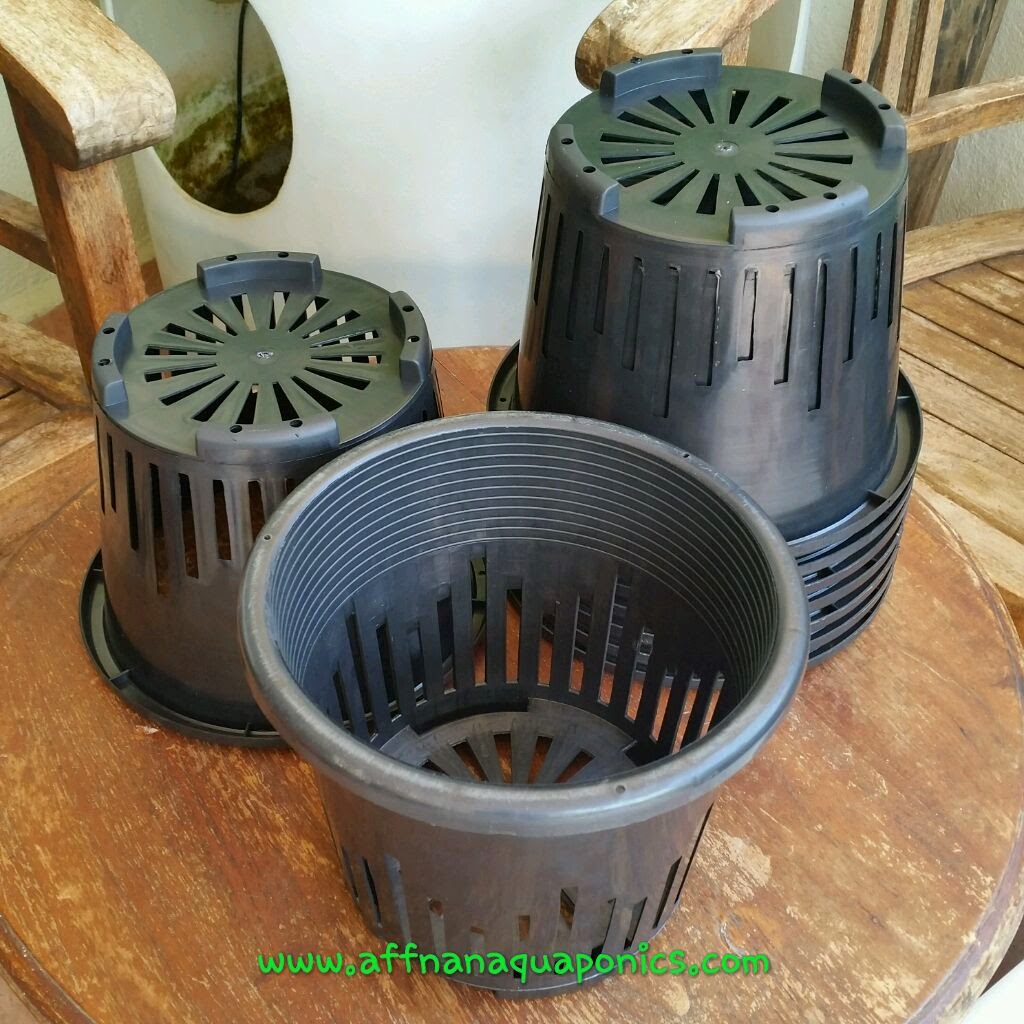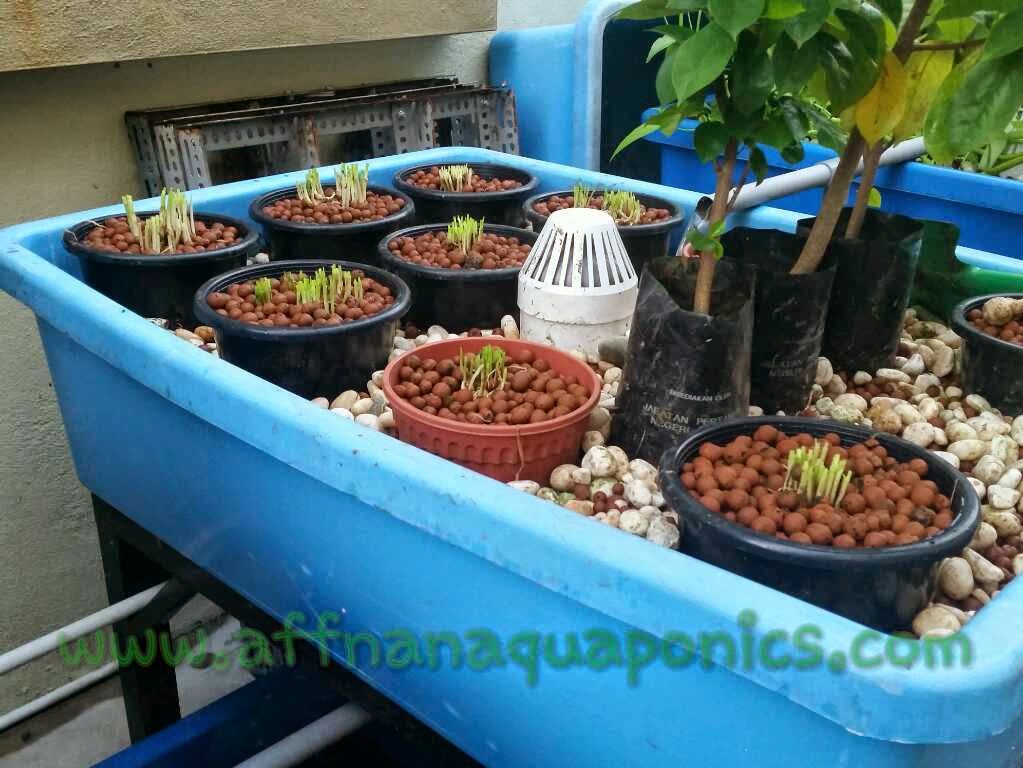Since I am doing most of my planting in pots, these Kuchai plants is no exception. I had to put them in pots so that it can be easily contained and transplanted elsewhere if needed. I use those slotted pot which is great in water drainage and just nice for LECA. Garlic Chives thrives in Aquaponics and its more than enough for a small family consumption on a 3ft x 2ft growbed. In fact 1 square feet is all that is needed for an average household. So decided to transplant these to individual pots later I can decide what to do with it.
As above photo they grow really well in LECA, and made it easy to redo this plant, all I had to do is gently pull out the clumps and they will all come out.
Root ball and all, can be easily lifted out of the growbed.
They have shallow root, so it is not that invasive to the siphon like mint of some other plants making this Garlic Chive ideal on a media based siphon flood and drain aquaponics growbed.
Put all in the slotted pot with some LECA at its base.
Some of the pots I put two clumps like photo above otherwise I would run out of pots.
Filled up with LECA and just wiggle a bit to give it a snug fit.. and all done.
That's three pot awaiting to be placed in the growbed.
Smaller clumps I put two to a pot like these above.
These Chives multiply by rhizomes within few months it will spread outward from center making the clumps bigger. Few of these I planted from seeds and some from nursery bought plants.
All plants out, and it only takes about 30 minutes to do, since I am using pots the water level in the growbed were adjusted to a lower level.Chives don't need thick growbed, six inches is more than enough. Altogether 17 pots, the photo is a bit grainy due it's getting dark.I planted eight pot in the existing growbed and left with these nine pots to be place in the back lane CRAFTS set. Nine left are placed in my back lane set
Affnan Aquaponics





























































































































